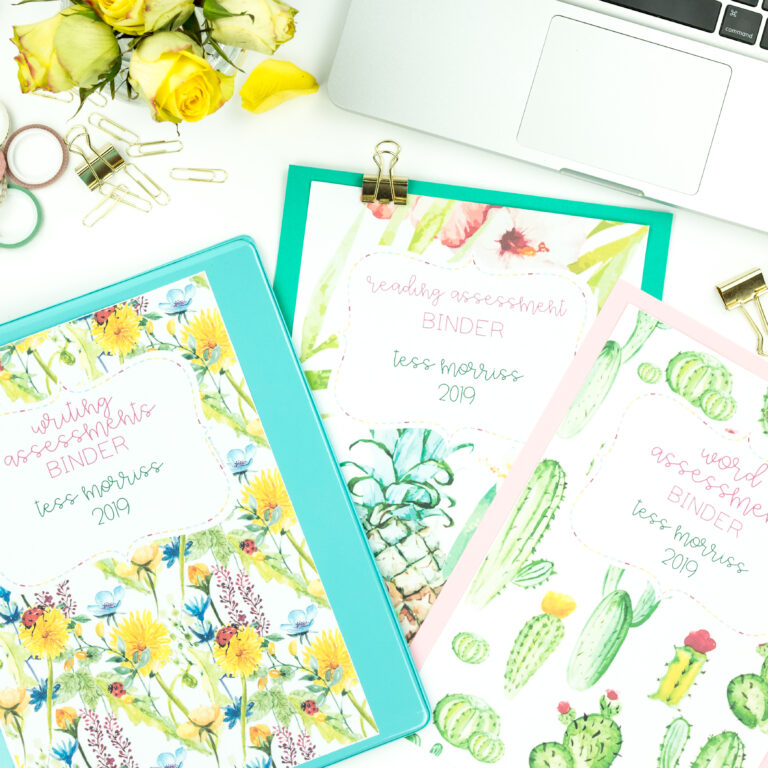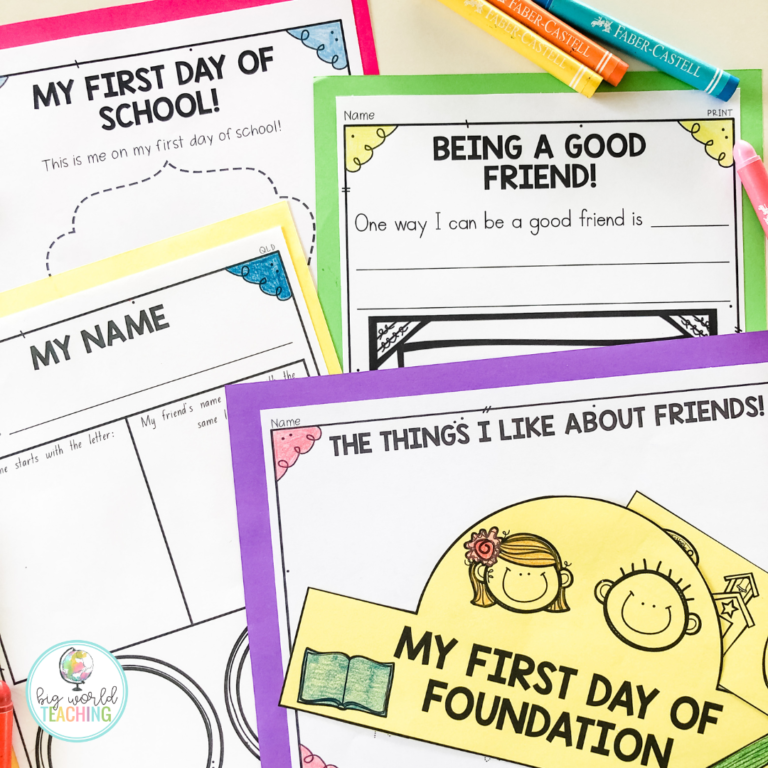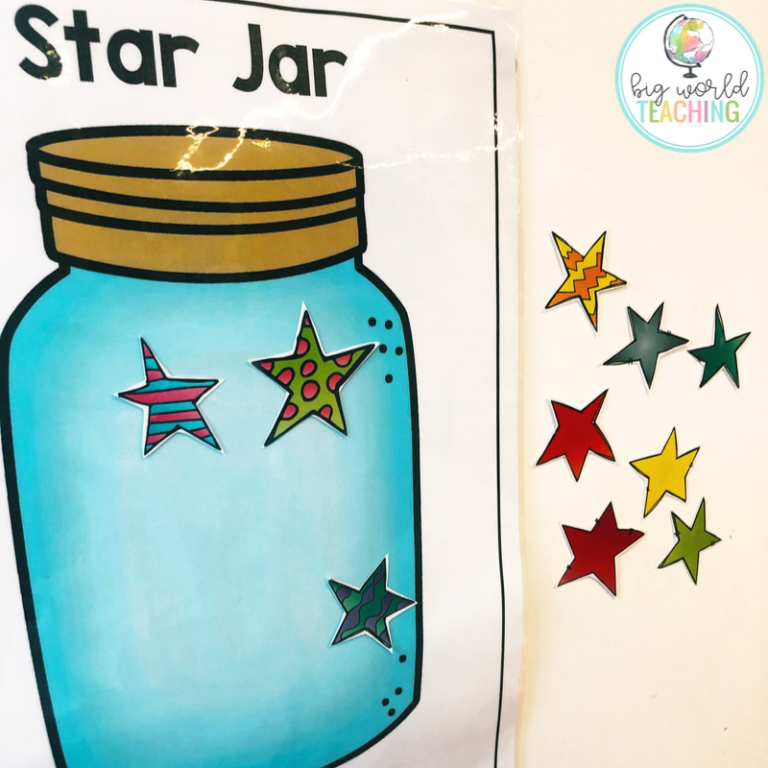From Fine Motor Skills to Name Recognition: The Benefits of Playdough in the Classroom!
Today, I’m thrilled to share something that’s bound to become a classroom favourite – playdough! If you’re not already incorporating this versatile and engaging tool into your teaching repertoire, it’s high time you started. Playdough isn’t just about having fun; it offers a treasure trove of benefits, from fostering social and fine motor skills to sparking pure joy in your little learners. I have three playdough mats I would like to share with you that I know will become a favourite in your classroom!
1. Morning Playdough Fun
One of my absolute favourite ways to introduce play dough is as a morning activity. Each student gets their own personalised playdough mat, complete with their name, picture, and a tens frame. At the beginning of the school year, I set up a play dough table with all the name mats. Students can find their mats and dive into play dough toys and tools.
These name mats take on a new role as we transition into literacy activities. Now, students work on shaping their names and matching the initial sounds of the pictures on their mats. They can also create their friends’ names, reinforcing letter-sound associations. If you want to explore more about my name and play dough mats, click [here](insert hyperlink).
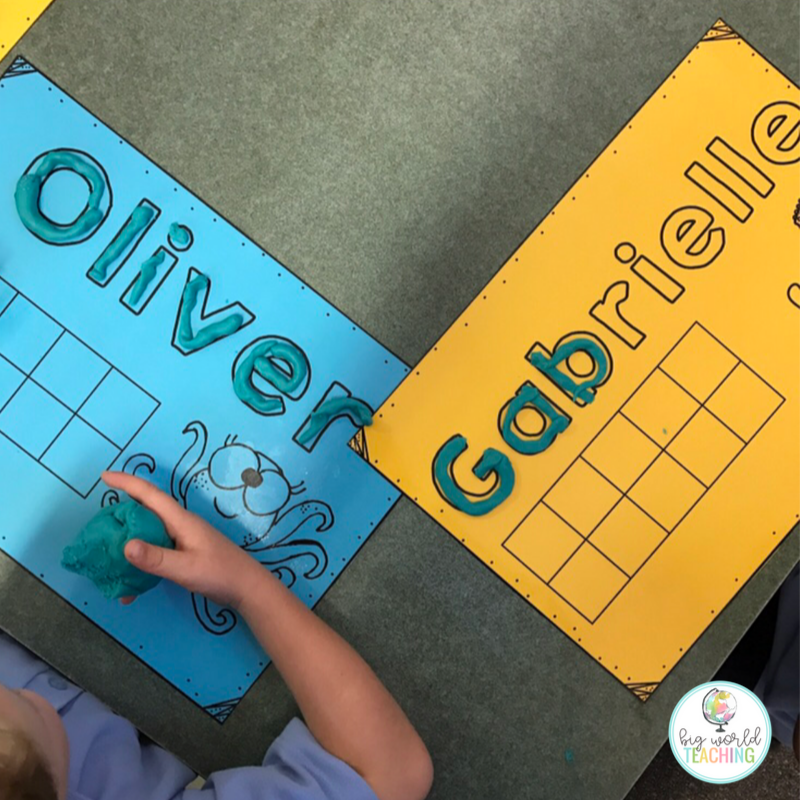
2. Alphabet Adventures with Playdough
In addition to the name mats, I incorporate another play dough-based activity focused on the alphabet. Students use play dough to sculpt the letters of the alphabet, and each mat includes pictures of objects starting with that letter. This activity introduces students to letter recognition and formation and reinforces initial sounds.
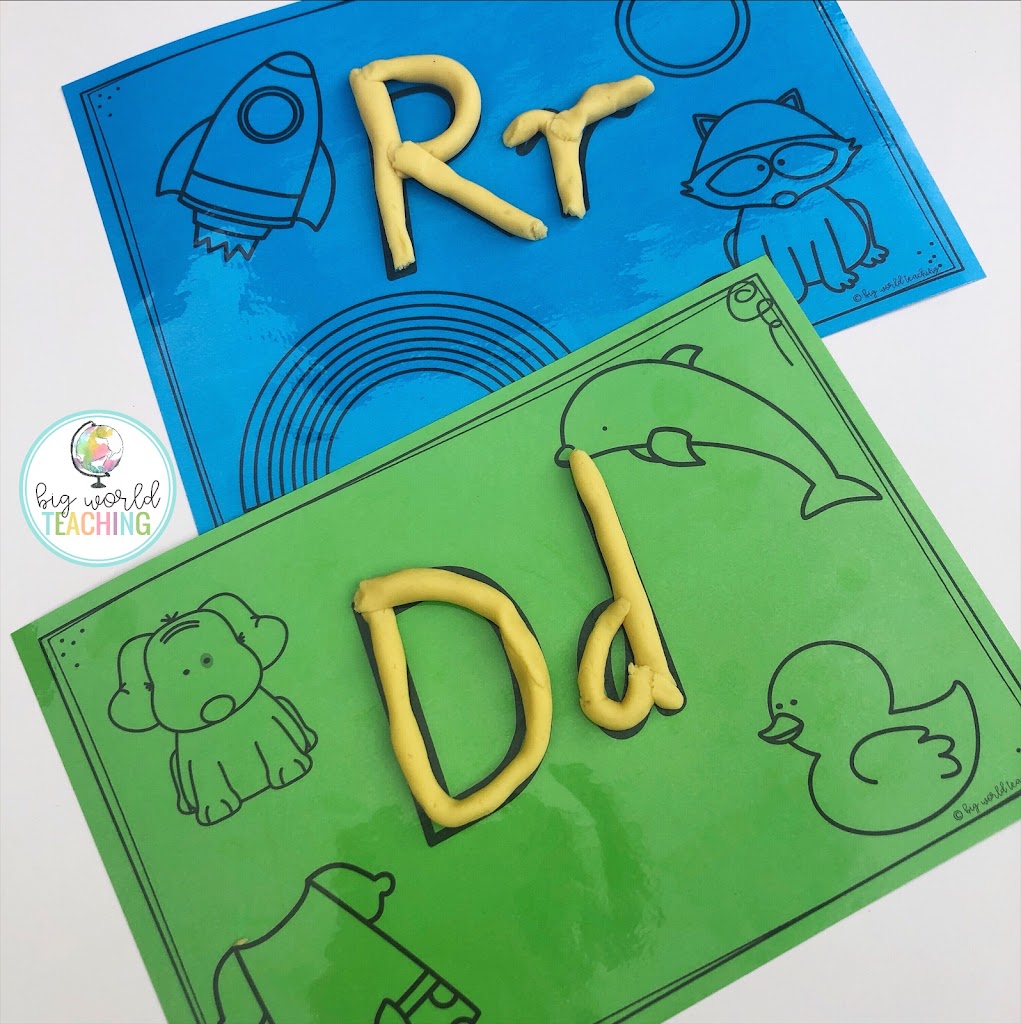
3. Playdough Math Magic
Playdough isn’t just for literacy; it shines in math groups too! I introduce number playdough mats to help students connect numerals with quantities in a playful way. They also learn the correct formation of numbers. A pro tip: laminate the mats for durability, ensuring they can be used for years to come. I’ve been using my number and letter mats for ages!
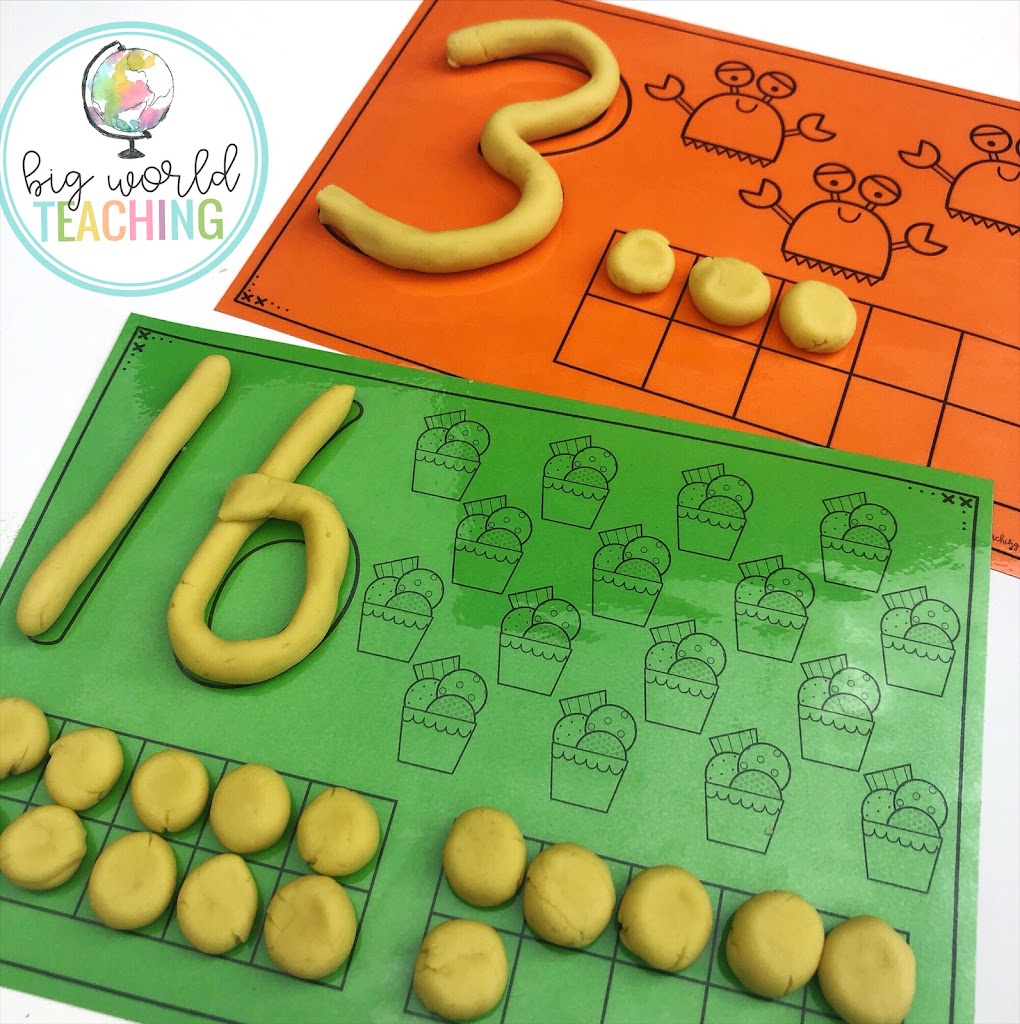
Now, the key to success with these mats in your classroom lies in the quality of the playdough you use. I prefer homemade play dough for its cost-effectiveness and ability to create custom colours. Speaking of colours, did you know that yellow is said to be good for memory? That’s why most of my playdough is a sunny shade of yellow!
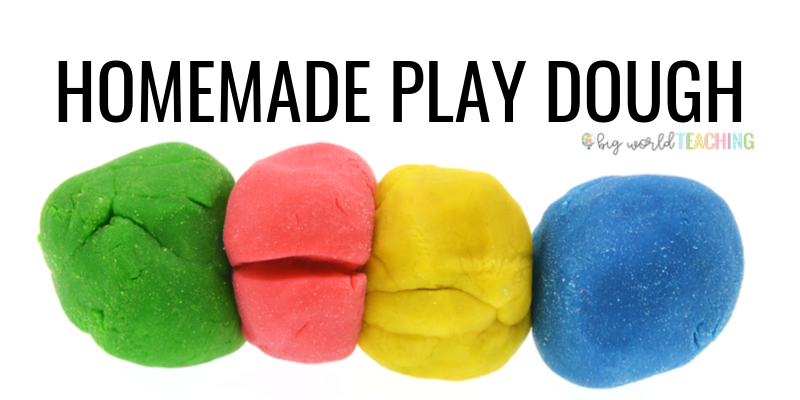
Play Dough Recipes: Homemade Goodness
For the best homemade play dough, I highly recommend The Imagination Tree’s recipe. However, once I got my hands on a Thermomix, I started making play dough with ThermoBliss’s recipe, and it’s been a hit!
Why Play Dough Rocks in the Classroom
If you’re not already convinced that play dough is a classroom superstar, here are a few more reasons to get on board:
- Fine Motor Skills: It strengthens those little finger muscles.
- Social Skills: It’s an opportunity for students to share and compromise while playing.
- Communication: Play dough mats encourage students to interact and build their oral language skills.
- Academic Skills: From name and letter recognition to initial sounds and counting, playdough offers a multi-faceted learning experience.
- Pure Fun: Last but not least, it’s an absolute blast!
I hope I’ve convinced you to embrace the magic of play dough in your classroom with these fantastic ideas. All my play dough mats are in my Teachers Pay Teachers Store.
Let’s teach big and change the world together!
Tess

